Sparklab - Design a Stadium

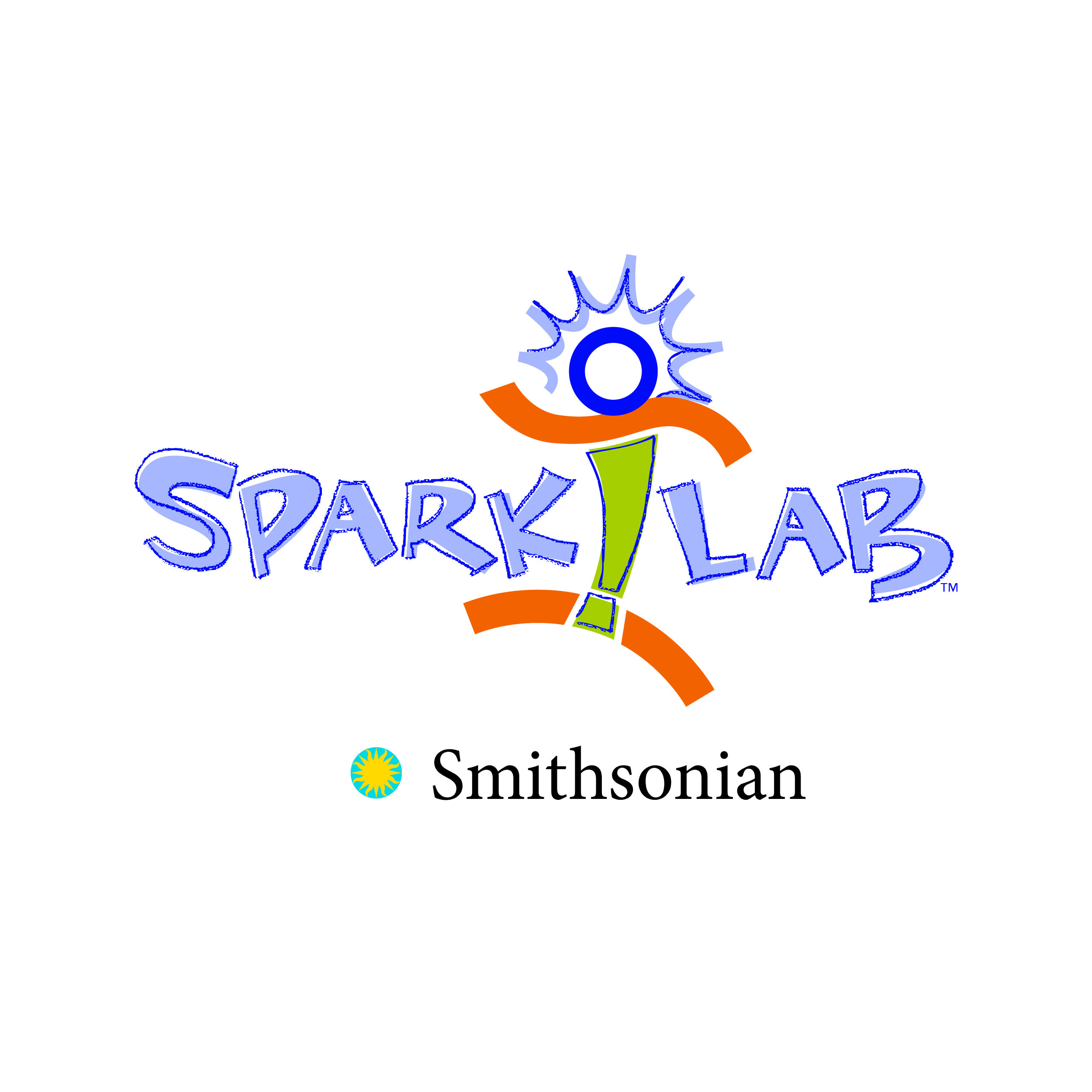

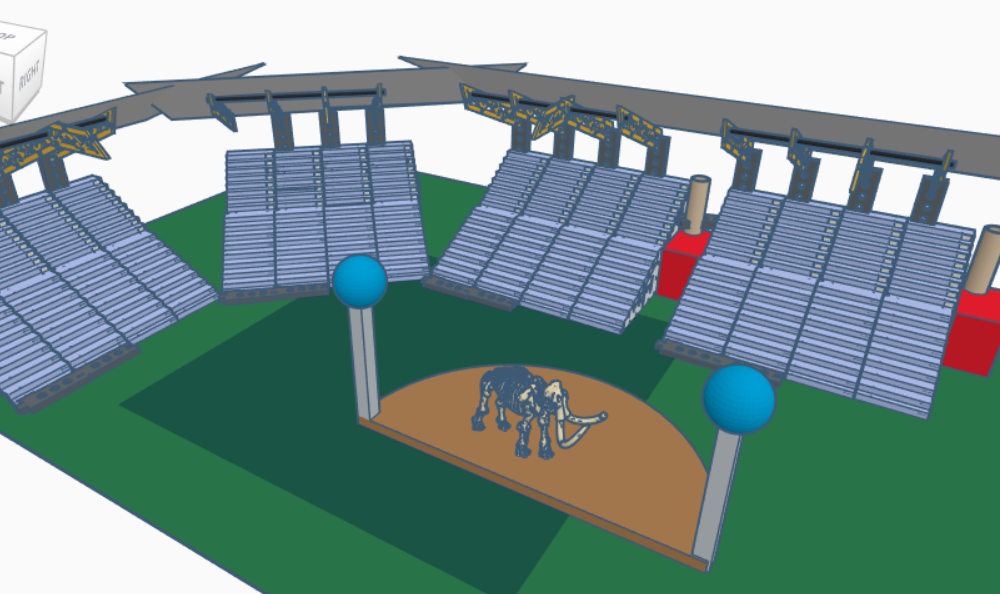
Welcome to Spark!Lab digital. This is an online invention space where you get to be an inventor. There are no wrong answers, and you can create an invention using the pieces provided — or create some pieces of your own. Think like an inventor: how does your design solve a problem?
Design a stadium with these virtual materials — or create your own parts and pieces. Using Tinkercad, you can delete, reshape, duplicate and create new parts.
Supplies
- Free Tinkercad account
- Inventive creativity
- "Design a Stadium" parts from Spark!Lab's Tinkercad designs
Invention is a Process
There are just two things to keep in mind as you design your stadium:
1. The invention process is not always linear, but inventors engage in these steps in some form or another:
"Think it" : Have a great idea for an invention.
"Explore it": Investigate inventions and ideas of the past.
"Sketch it": Draw pictures and diagrams to figure out how your invention might work.
"Create It": Build a prototype or model of your idea.
"Try It": Test your invention.
"Tweak It": Keep improving your idea.
"Sell It": Market your invention to people who might buy it.
2. We also know, everyone is inventive- and we do mean everyone! Today, you become the inventor. You will try new ideas, take risks, and learn how to keep going when things don’t go as planned.
Invention Is a Process
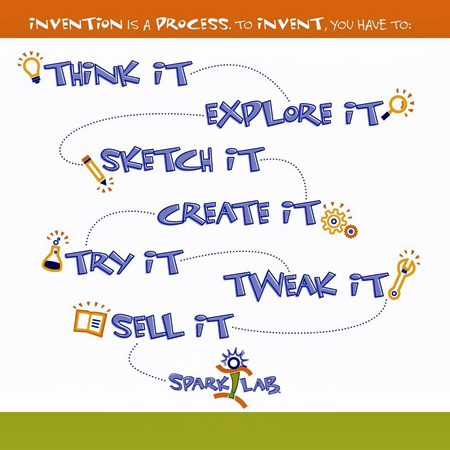
There are just two things to keep in mind as you design a stadium:
1. The invention process is not always linear, but inventors engage in these steps in some form or another:
- Think it: Have a great idea for an invention.
- Explore it: Investigate inventions and ideas of the past.
- Sketch it: Draw pictures and diagrams to figure out how your invention might work.
- Create it: Build a prototype or model of your idea.
- Try it: Test your invention.
- Tweak it: Keep improving your idea.
- Sell it: Market your invention to people who might buy it.
2. We also know everyone is inventive — and we do mean everyone! Today, you become the inventor. You will try new ideas, take risks, and learn how to keep going when things don’t go as planned.
Think It
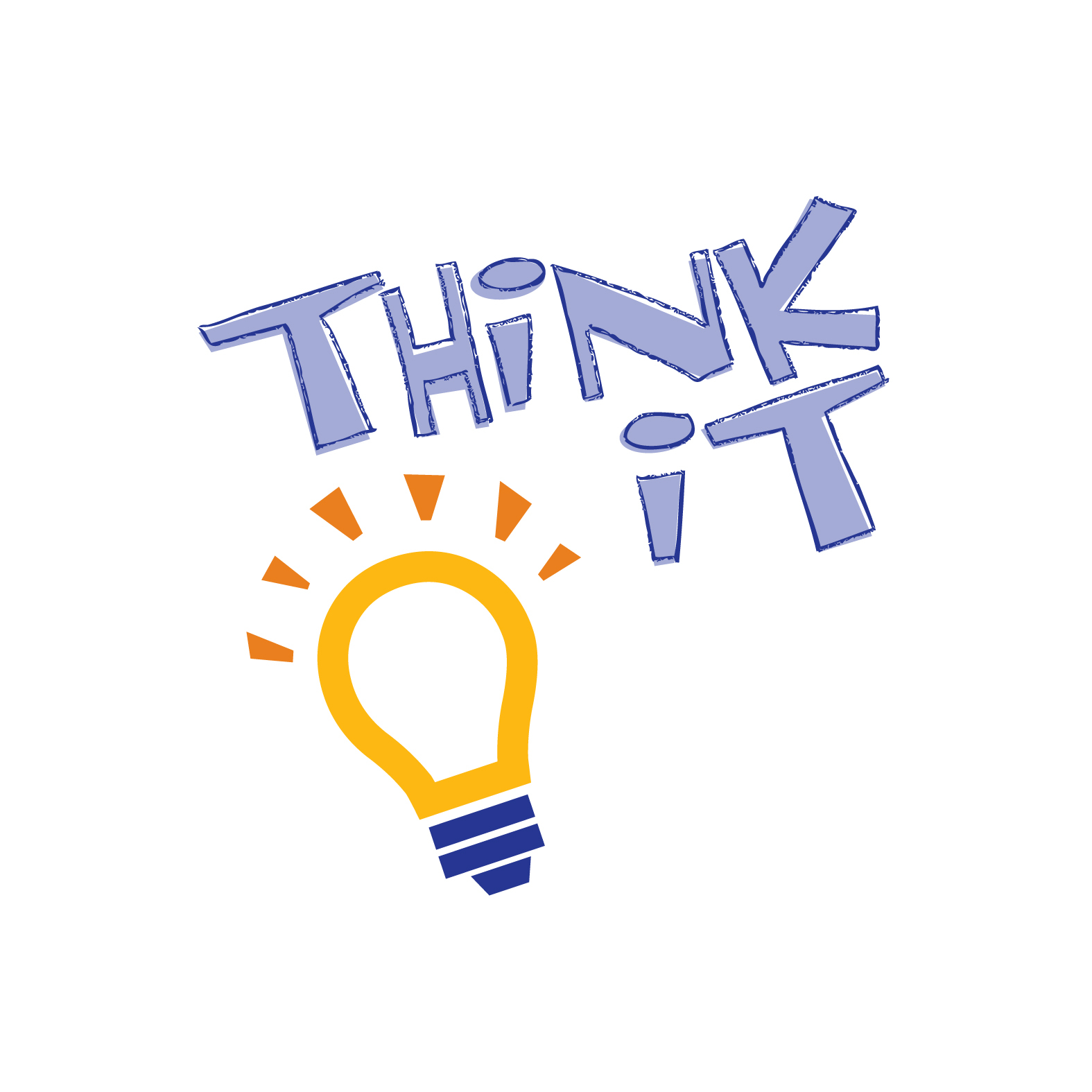
The first step of the invention process is to "think it," meaning to identify a problem you would like to solve and begin to imagine your solution.
What is the problem you are trying to solve?
When people go to watch a sporting event, concert or event of any kind, what should the stadium look like?
Explore It

The next step of the invention process is to "explore it.” Inventors ask: “How have inventors solved this problem in the past?” and then conduct research to learn more about the problem they want to solve or to understand solutions that already may exist. They learn from what others have already tried and make sure that their solutions are new or different.
There are many ways to enjoy entertainment. One way is to be there as an event is happening, live. Plays, concerts, and sporting events all provide live entertainment. Sometimes people build special structures, or venues, to allow large numbers of people to enjoy the event at the same time.
Watch a video, about 12 game changing stadiums in history.
Visit the Popular Mechanics website to see their list of 20 of the World's Most Impressive Stadiums.
Look a poster titled "Stadium", from the Cooper Hewitt's collection.
Sketch It

Inventors use sketching as a way to organize their ideas.
Drawing an idea allows inventors to imagine what their invention might look like and how it will work. Try sketching out your invention before building! Take some time to sketch your ideas, images, and thoughts about how a stadium should be designed.
You can sketch your ideas with paper and pencil, or you can try using a digital format. Remember! Inventors rarely get it right on the first try. Whatever the method, you may need to erase and re-draw your invention as you continue to think through how you want to solve the problem.
Click here to learn more about inventors' sketches in the Smithsonian Collection.
Create It

Now it is time to build a prototype of your invention idea. In this step, inventors get to see their idea turn into something real. Building a model can also help you learn about any issues there are with their invention design. Your prototype will show the size, shape, and form of your stadium.
How can you use these virtual materials to design a performance venue? What will your stadium look like? What types of performances could happen in your venue?
Click here to go to the Tinkercad site where you can begin designing your stadium.
Once you have created your design, move on to the Try It step.
Try It
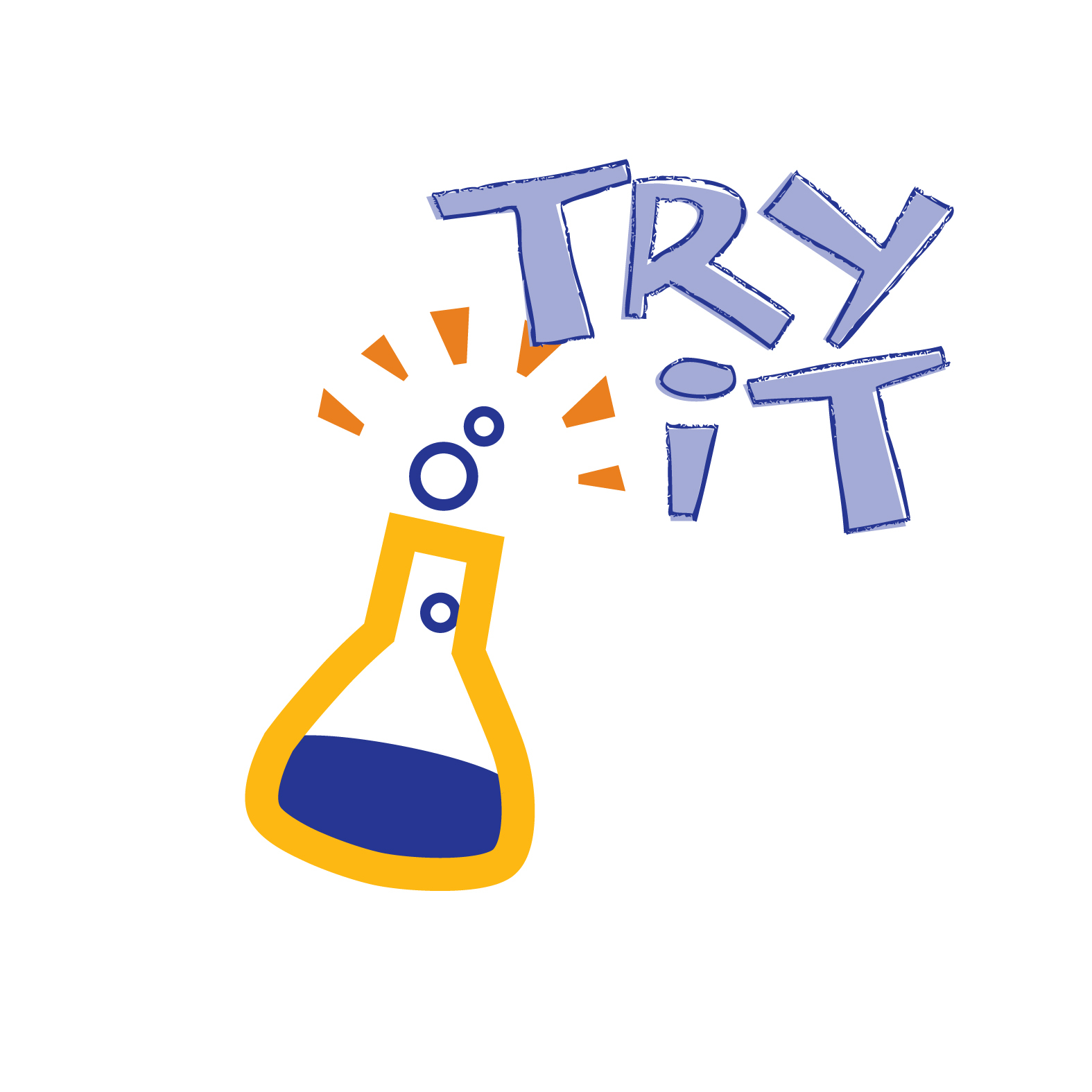
Now that you have created your 3D model, take some time to imagine how your stadium looks and how it would work for an event.
- What types of events will happen in your stadium?
- How many people can your stadium hold?
- Where will the snack stands and bathrooms be?
- Can people in wheelchairs easily move around your stadium?
- Where would your stadium be built?
- What types of technology will be used in your stadium?
- Where will the press and event staff work?
Share your 3D model and ideas with others. Ask them for their input about your design.
- What did they like best about your design?
- What did they think needed improving?
- What new ideas did you get by sharing your idea with them?
Tweak It
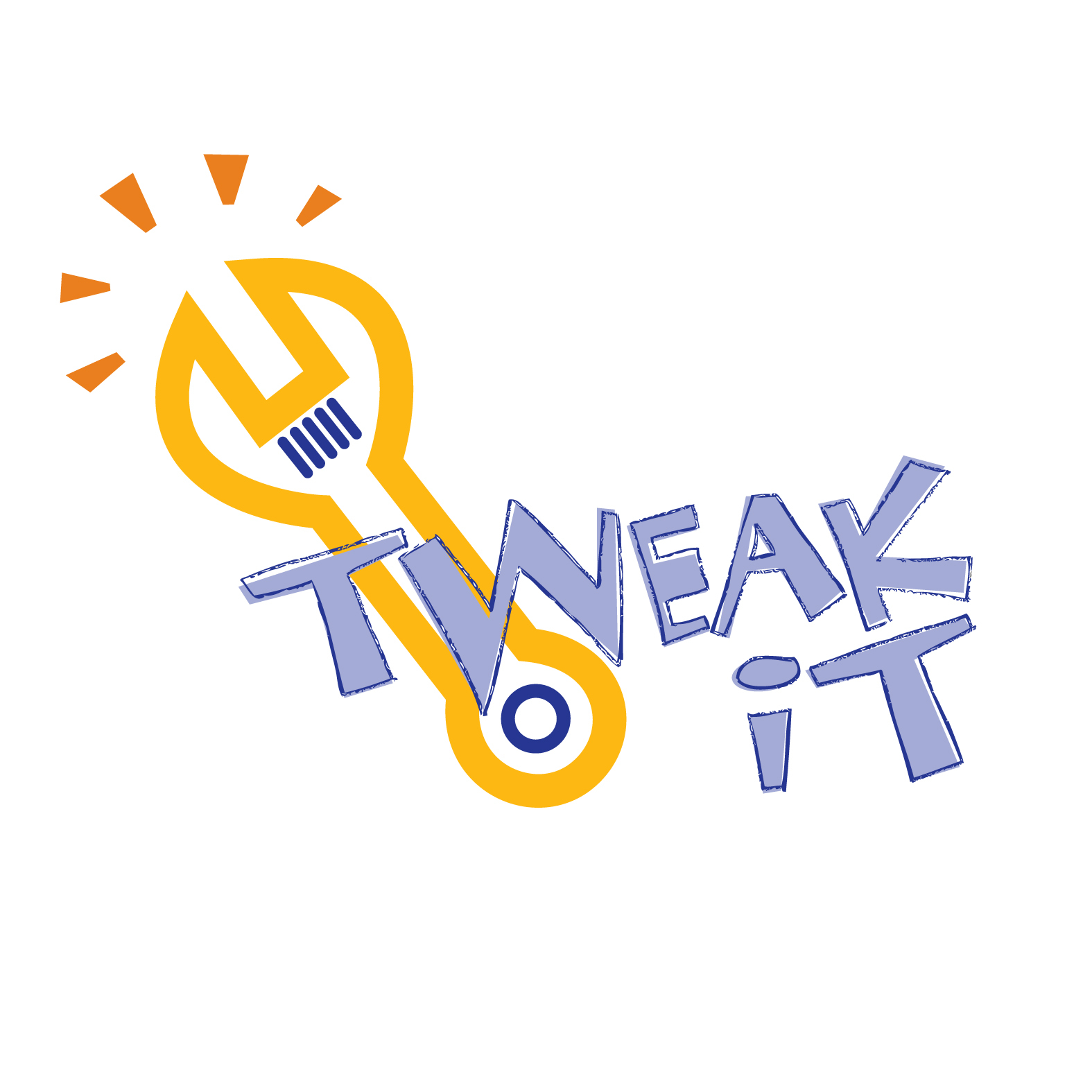
Now that you’ve created your stadium, thought about how it would work, and shared your idea with others, it’s time to tweak your invention! Now is the time to ask yourself, "What changes can I make to improve my stadium?”
Inventors typically don't succeed with an invention on the first try. Inventors make changes to their prototypes to make them work better. Usually, they tweak their idea many times before it is finished. Once tweaks are made, inventors test their inventions again. It can take many tries to get it right.
Go back to your design in Tinkercad and tweak it to make it easier to use.
Sell It
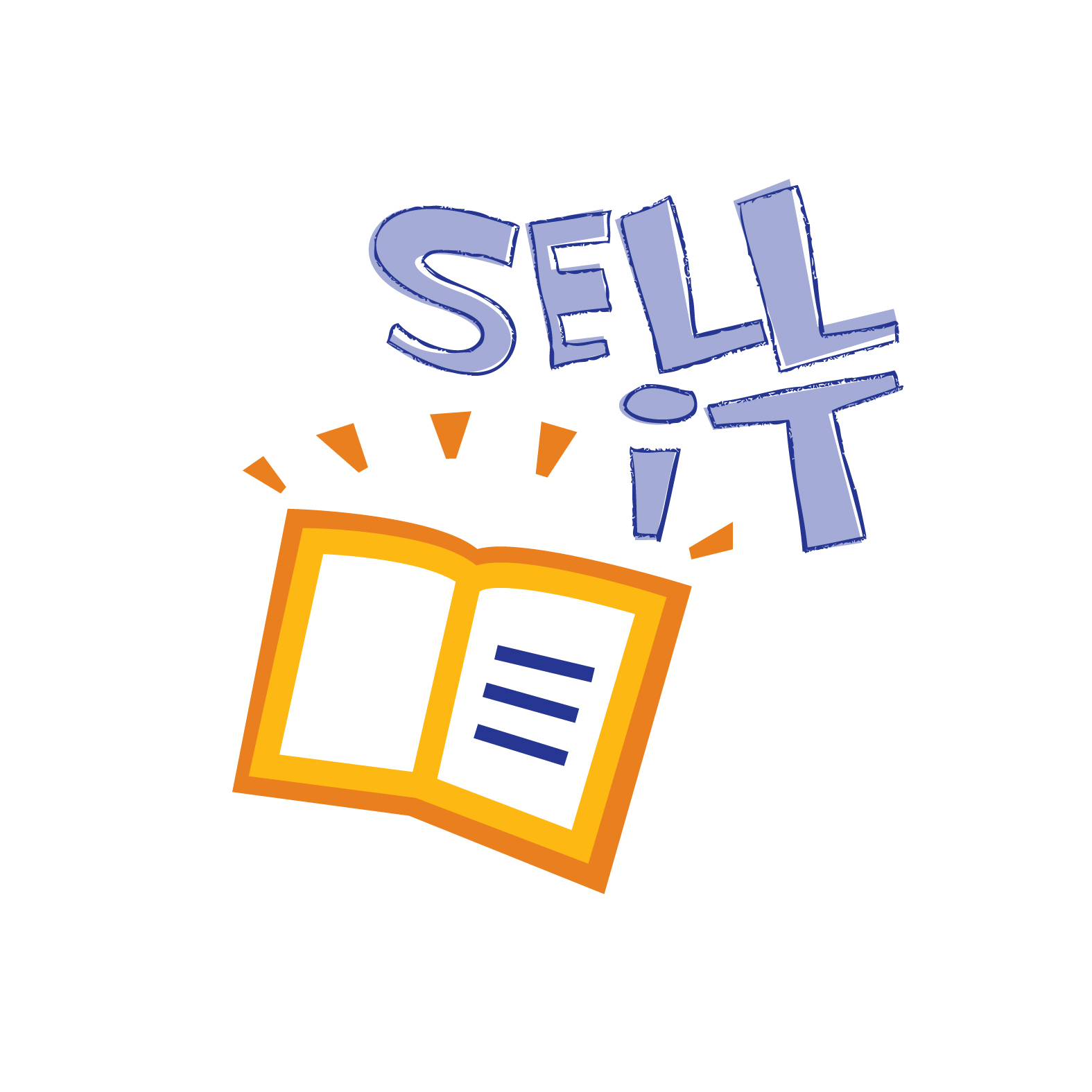
Selling your idea is not only about putting it up for sale. Selling an idea often happens when you share your idea with others after you have made your final tweaks.
Tell us about your invention on social media!
- Who will use your invention?
- What makes your invention unique?
- How does your invention work?
We want to hear from you! Follow us on Instagram at @si_invention or Facebook @lemelsoncenter and use the hashtag #sparklab on your posts.